Home>Ideas and Tips>Touring A Historic New England Colonial Farmhouse
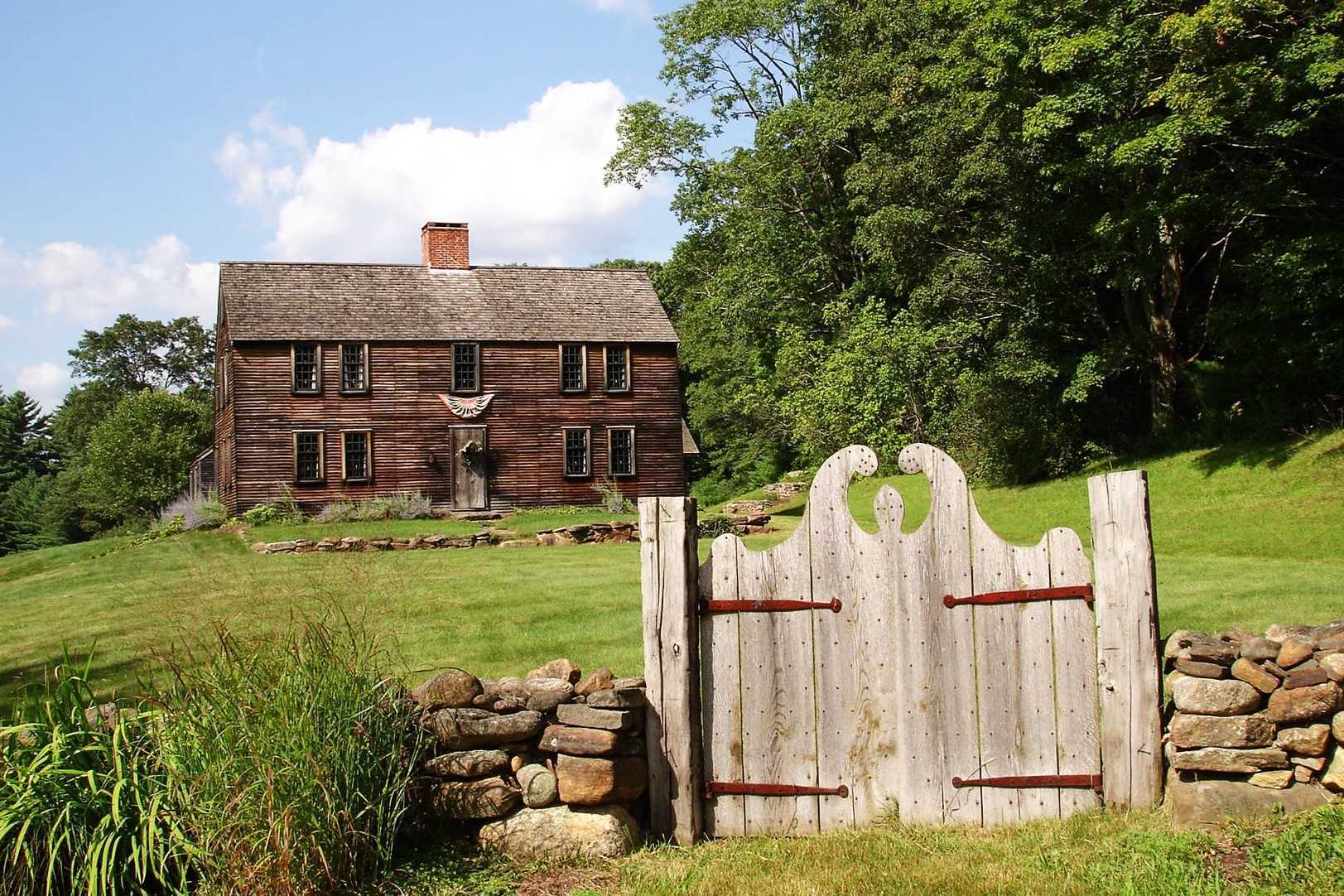

Ideas and Tips
Touring A Historic New England Colonial Farmhouse
Published: November 3, 2024
Explore New England's colonial farmhouses, uncovering rich history, architecture, and immersive tours that transport you back in time.
(Many of the links in this article redirect to a specific reviewed product. Your purchase of these products through affiliate links helps to generate commission for Storables.com, at no extra cost. Learn more)
New England is renowned for its rich history and architectural heritage, particularly in the realm of colonial farmhouses. These structures not only reflect the region's early settlement but also offer a glimpse into the lives of the people who built and lived in them. In this article, we will embark on a journey through the history and significance of these historic homes, highlighting some of the most notable examples and providing insights into their architectural styles, preservation efforts, and the experiences of those who visit them.
The Early Years of Colonial Architecture
The history of colonial architecture in New England begins with the arrival of the Puritans in 1620. Initially, these early settlers constructed simple dwellings such as sheds and cabins to provide immediate shelter. Over time, as the colonies grew and prospered, the architecture evolved to reflect the cultural and economic influences of the settlers. The First Period English style homes, which emerged in the 17th century, were characterized by their ornamentation and decoration, often featuring casement windows with diamond-shaped panes.
One of the most iconic examples of a First Period English style home is the "Witch House" in Salem, Massachusetts. This house, built in 1642 for Judge Jonathan Corwin, is not only a testament to the region's early architecture but also a significant part of American folklore. The house's unique design and historical significance make it a must-visit destination for anyone interested in colonial history.
The Evolution of Colonial Farmhouses
As the colonies continued to grow, so did the complexity and sophistication of their architecture. The Saltbox Colonial style became increasingly popular, characterized by its box-shaped design with a sloping roof and central fireplace. These homes were practical and efficient, providing ample space for both living and farming activities.
The wealthier colonists often opted for more elaborate designs, such as Georgian architecture. The Ropes Mansion in Salem, Massachusetts, is an excellent example of this style. Built in the 1720s, this mansion features grand reception rooms adorned with elaborate wood carving in the Rococo style. Its grandeur and historical significance make it one of the finest historical homes in New England.
Notable Historic New England Farmhouses
Historic New England is a treasure trove of colonial farmhouses, each with its unique history and architectural features. One such property is the Browne House, built between 1694 and 1701 for a farming family. This house contains rare surviving architectural features from the late 1600s and was painstakingly restored by Historic New England founder William Sumner Appleton in 1919.
Another notable property is the Arnold House, a rare surviving example of a stone-ender. Built by Eleazer Arnold in 1693, this house features stone work that reflects the origins and skills of the settlers who emigrated from western England. The Arnold House is a National Historic Landmark and provides a glimpse into the lives of early New England settlers.
Preserving the Past: Restoration Efforts
Preserving historic homes is a delicate task that requires meticulous attention to detail. The restoration of the Browne House, for instance, involved a fully documented process to ensure that the original features were preserved. This level of dedication ensures that these homes remain authentic and continue to tell the stories of their past inhabitants.
In recent years, there have been efforts to blend modern elements with traditional settings. For example, Kathleen Walsh Interiors and John Desmond Builders were commissioned to reimagine an 18th-century antique home in Westport, Connecticut. The project aimed to create a home that honors the past while reflecting the owner's love of globe-trotting and supporting their family and extended family members.
Behind the Scenes: Specialty Tours
Visiting these historic homes is not just about admiring their architecture; it's also about experiencing life as it was lived in past centuries. Many of these properties offer specialty tours that provide access to areas not typically seen by the public. For instance, Roseland Cottage in Woodstock offers regular guided tours of its main living space but also arranges "behind the scenes" tours that include rare looks at the attic, cellar, kitchen, and servants' quarters.
Similarly, Castle Tucker in Wiscasset provides occasional "Behind Closed Doors" tours, which grant access to rooms and connecting spaces otherwise not seen by the public. This level of access allows visitors to gain a deeper understanding of the daily lives of those who lived in these homes.
Read more: How To Create A New England Style Home
Exploring New England's Historic House Museums
New England is home to numerous historic house museums that offer a unique glimpse into the past. The Mark Twain House & Museum in Connecticut is a prime example. This museum invites visitors to explore a true American castle and experience life as it was lived by Mark Twain and his family in the late 19th century.
In contrast to museums whose treasures are carefully arrayed in plaque-filled exhibits and glass cases, historical houses invite us to stroll right into another era. We can tread the same halls and look out the same windows as the original owners, imagining life as it was lived in past centuries. The lure of time-traveling is irresistible, especially when exploring properties that have been kept so intact it feels as though the owners have just stepped out.
Hill-Stead Museum: A Colonial Revival Masterpiece
One of the most distinguished Colonial Revival homes in New England is Hill-Stead Museum in Farmington. Designed by Theodate Pope Riddle, one of America’s first women architects, this home was built as a country estate for her globe-trotting parents. The house features masterpieces by Impressionist artists such as Degas, Monet, Manet, and Cassatt, which were purchased by the Popes during their annual European tours.
For a true insider experience, visitors can opt for Hill-Stead’s two-hour private tour. This tour provides full access to nearly 20 historically intact rooms and is typically led by Hill-Stead’s curator or director of education. The private tour offers an unparalleled opportunity to delve into every nook and cranny of this architectural gem.
Castle Tucker: A Victorian Era Marvel
Castle Tucker in Wiscasset is another standout example of historic preservation. Built in the Regency style in 1807, this gracious brick mansion was redecorated and furnished to suit the tastes of the Victorian era by Captain Richard Tucker Jr. The property has been preserved by three generations of Tucker women and remains one of the most complete and original Victorian homes in the nation.
In addition to regular tours during the normal operating season (Fridays, Saturdays, and Sundays from June to mid-October), Castle Tucker reveals its secrets on occasional “Behind Closed Doors” tours. These specialty tours grant access to rooms and connecting spaces otherwise not seen by the public, providing an even deeper understanding of life within this historic dwelling.
Lyman Estate: A Country Estate Par Excellence
The Lyman Estate, also known as “the Vale,” is a National Historic Landmark and one of the finest U.S. examples of a country estate following eighteenth-century English naturalistic design. Commissioned by shipping merchant Theodore Lyman in 1793, this Federal-style house was designed by famed architect Samuel McIntire. The family enlarged the house over time, adding greenhouses that are among the oldest surviving greenhouses in the United States.
Visitors can explore not only the main house but also the extensive grounds, which include an 1804 grape house, a 1820 camellia house, a 1930 orchid house, and a sales greenhouse where plants can be purchased to take home. The expert horticultural staff offers advice and assistance with plant selection and culture, making it an ideal destination for both history enthusiasts and nature lovers.
Read more: New England Charm: Coastal Cottage Vibes
Conclusion
Touring a historic New England colonial farmhouse is more than just admiring beautiful architecture; it's an immersive experience that transports visitors back in time. Each property offers a unique glimpse into the lives of those who built and lived in these homes, from the intricate details of their craftsmanship to the stories of their daily lives.
Whether you're exploring Hill-Stead Museum's opulent interiors or Castle Tucker's meticulously preserved Victorian era decor, each visit is an opportunity to connect with the past in a tangible way. By preserving these historic homes and making them accessible through tours and specialty experiences, we ensure that future generations can continue to marvel at their beauty and significance.
In conclusion, touring a historic New England colonial farmhouse is an enriching experience that combines history, architecture, and culture in a way that few other activities can match. Whether you're an architecture enthusiast, a history buff, or simply someone who appreciates the charm of old homes, these properties offer something for everyone.
So next time you find yourself in New England, take the time to explore one of these incredible historic homes. Step into another era and experience firsthand what life was like centuries ago. The allure of these colonial farmhouses is undeniable; they are true treasures that deserve our respect and admiration.
References:
- https://newengland.com/travel/16-new-england-historic-house-museums-worth-exploring/
- https://www.historicnewengland.org/visit/homes-farms-landscapes/
- https://fsbmortgageloan.com/quintessential-new-england-colonial-architecture/
- https://onekindesign.com/2023/07/30/historic-18th-century-home-new-england/
- https://www.historicnewengland.org/preservation/for-homeowners-communities/your-old-or-historic-home/architectural-style-guide/
Was this page helpful?
At Storables.com, we guarantee accurate and reliable information. Our content, validated by Expert Board Contributors, is crafted following stringent Editorial Policies. We're committed to providing you with well-researched, expert-backed insights for all your informational needs.
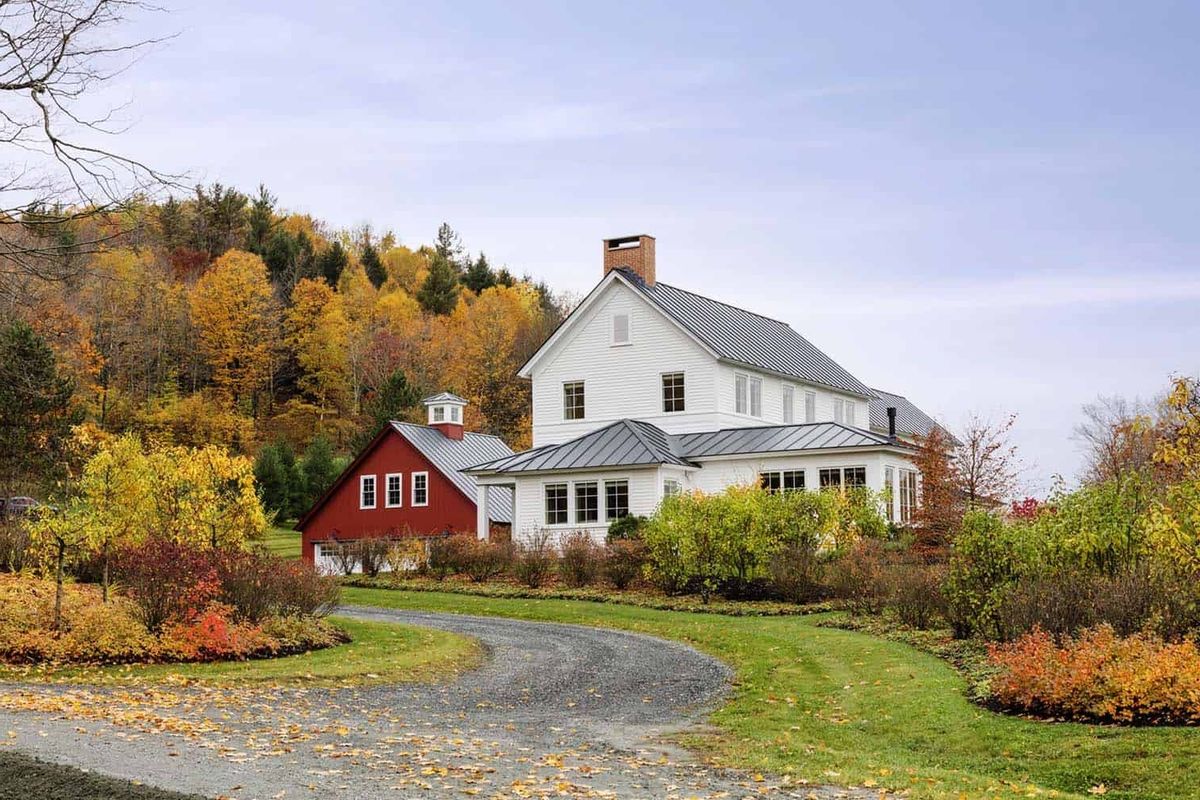
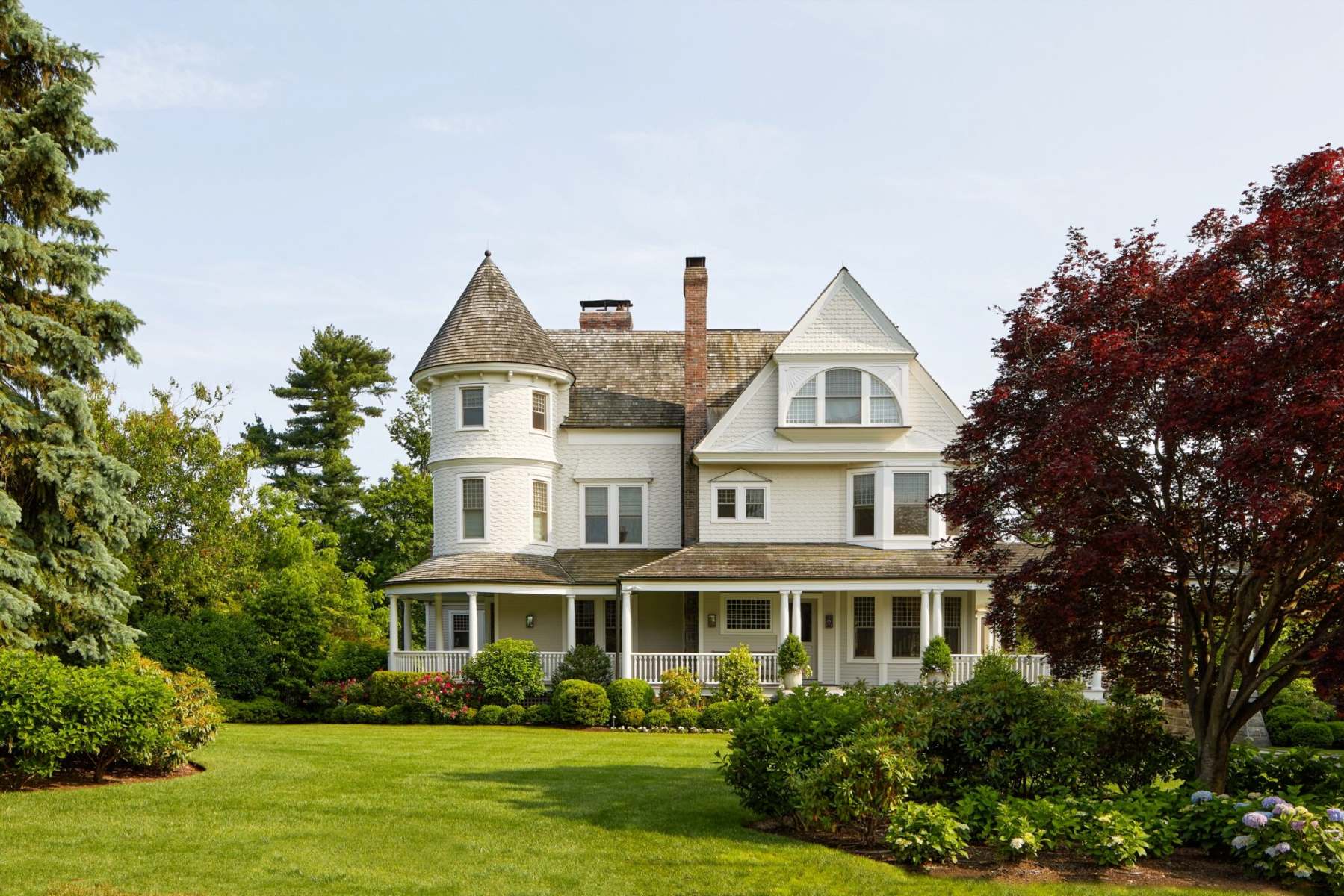
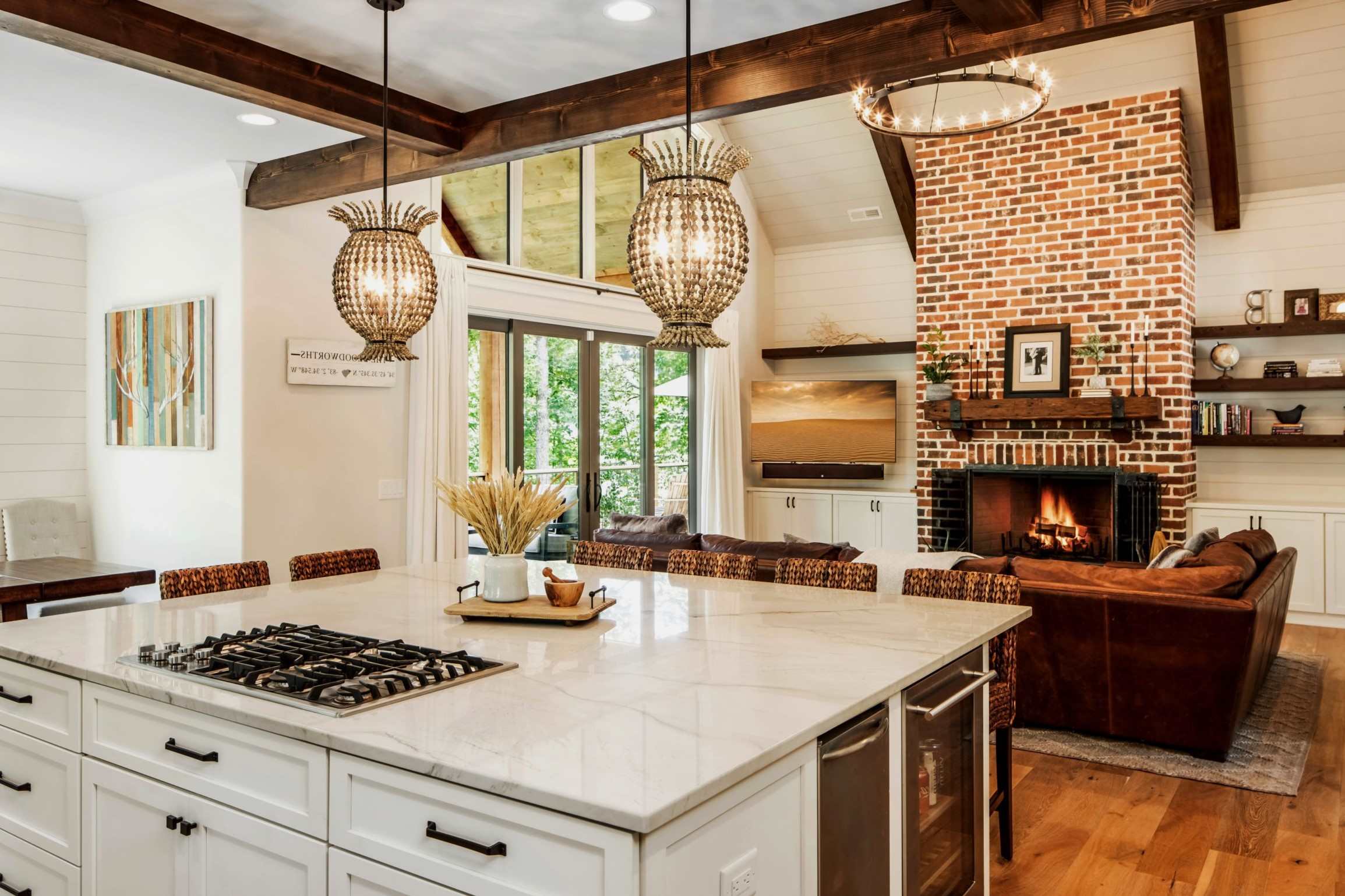
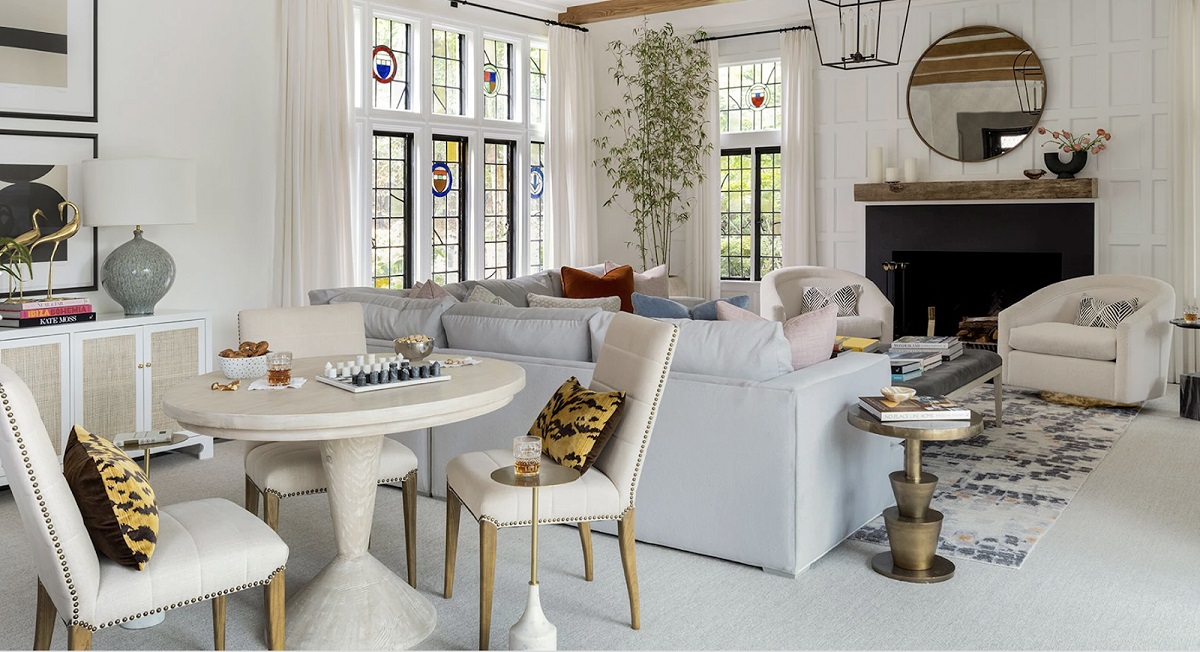
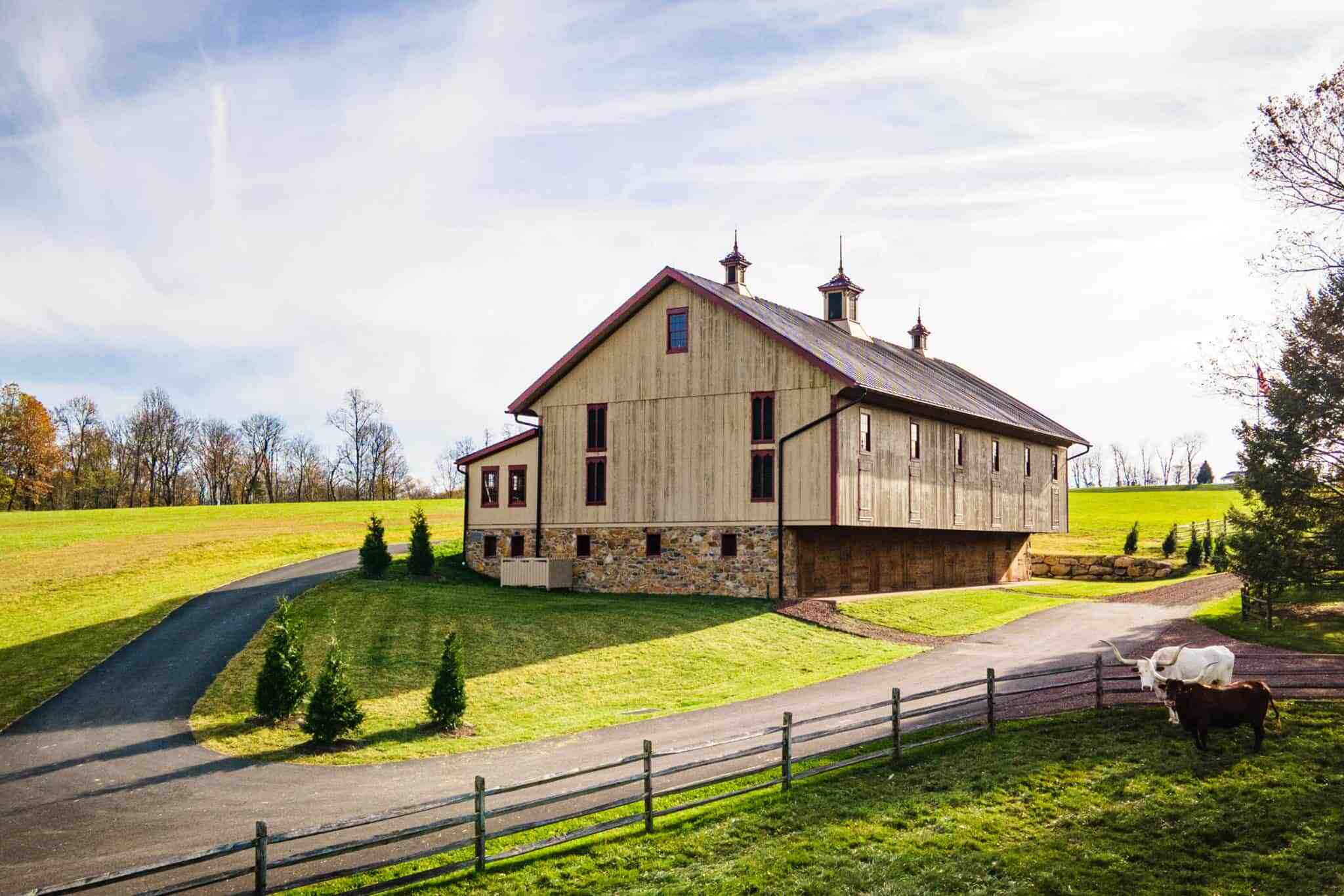
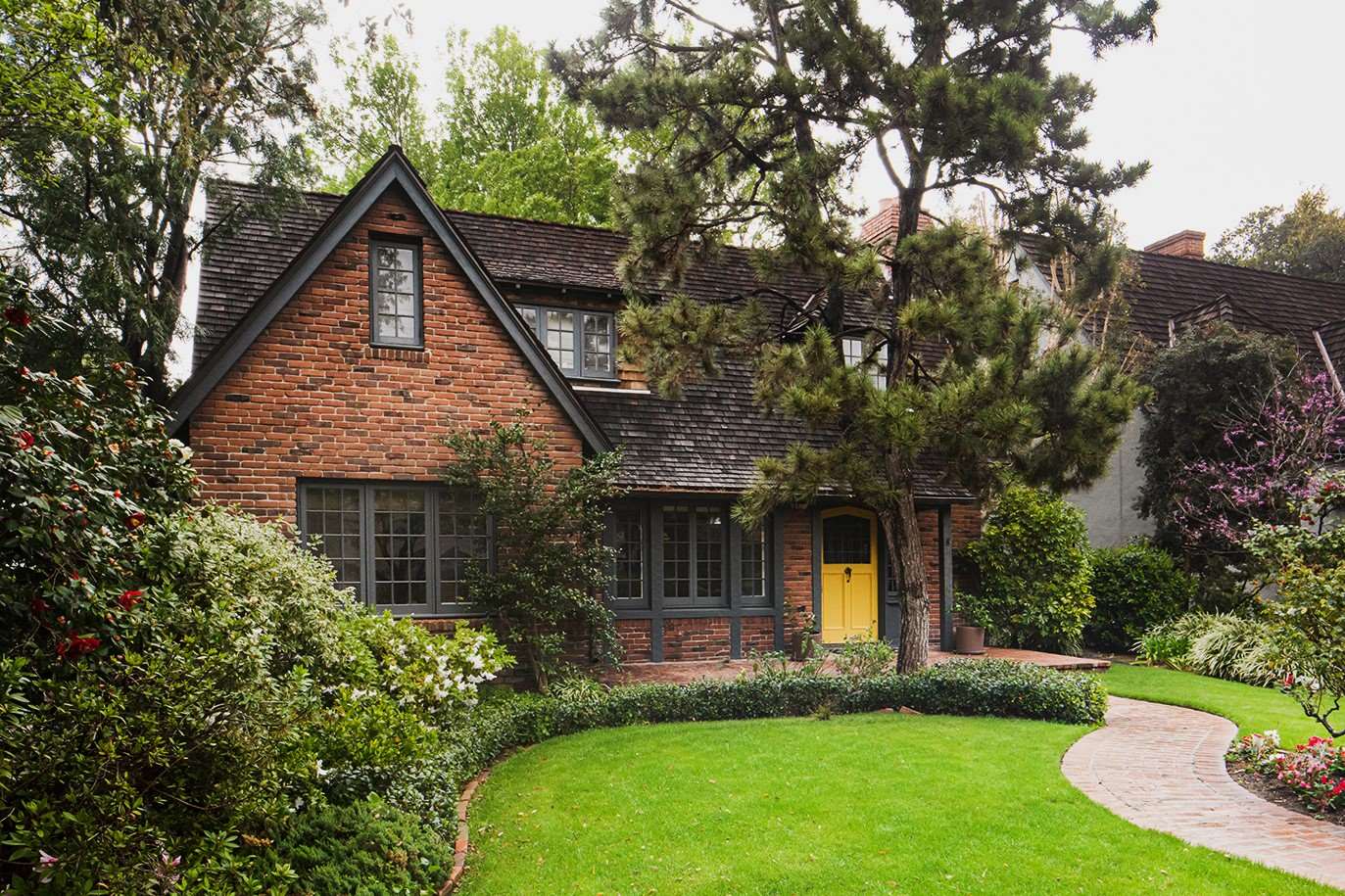
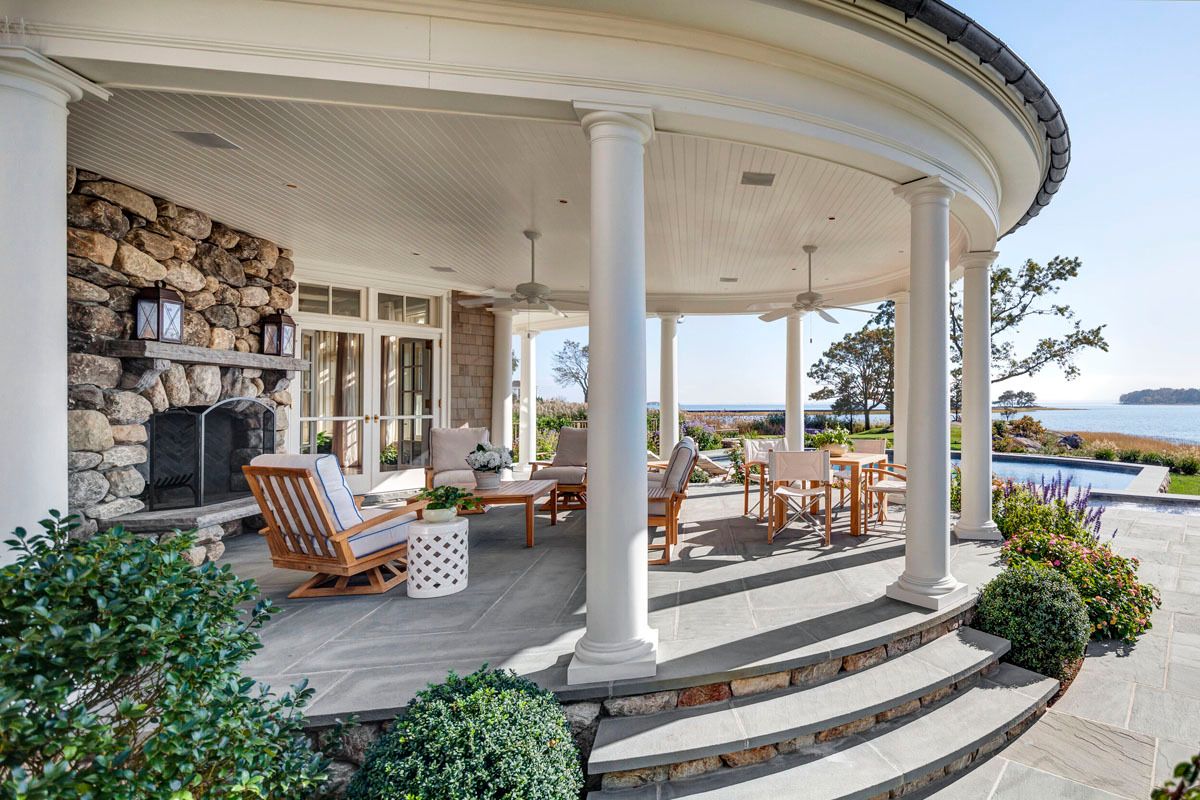
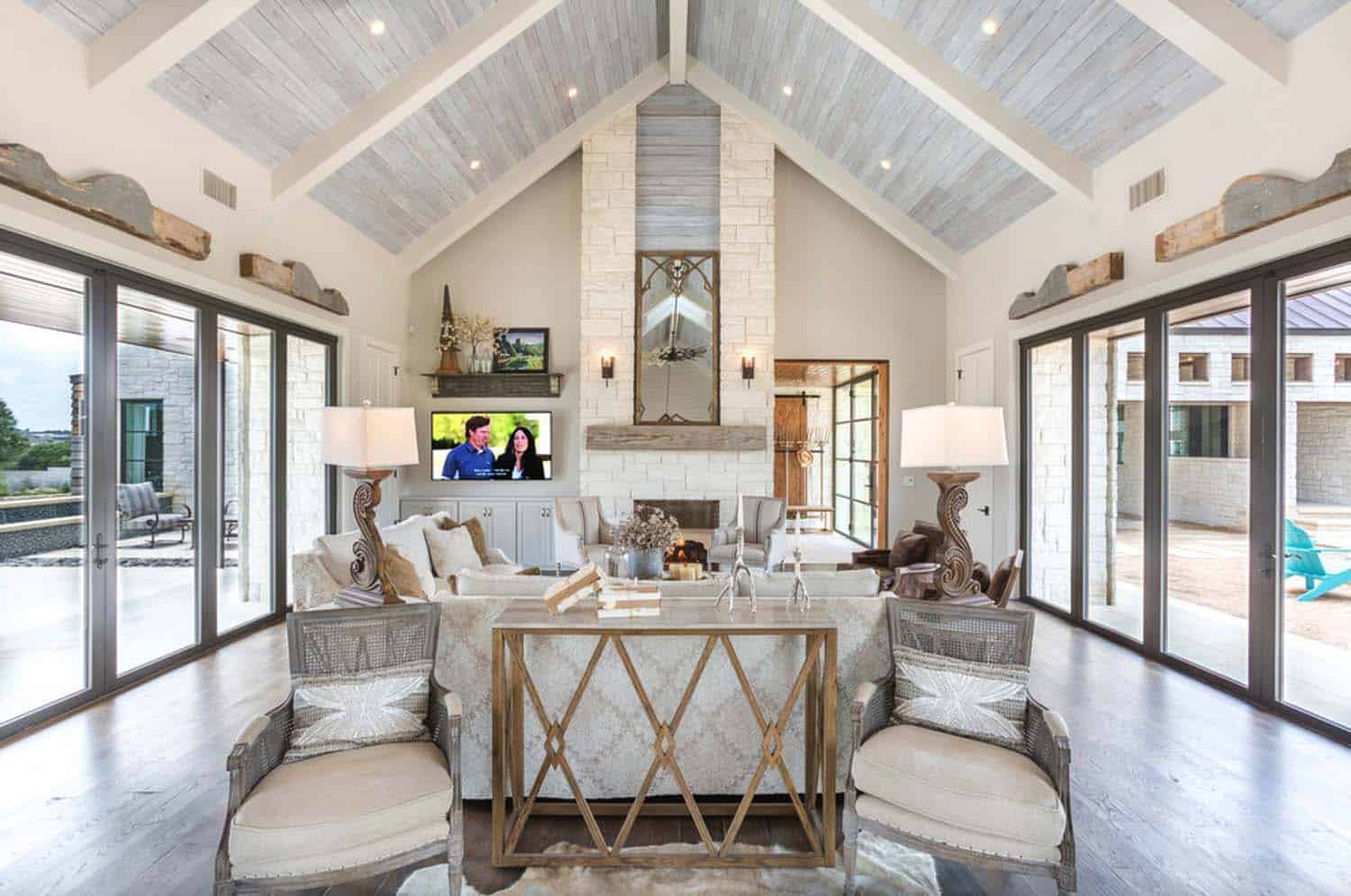

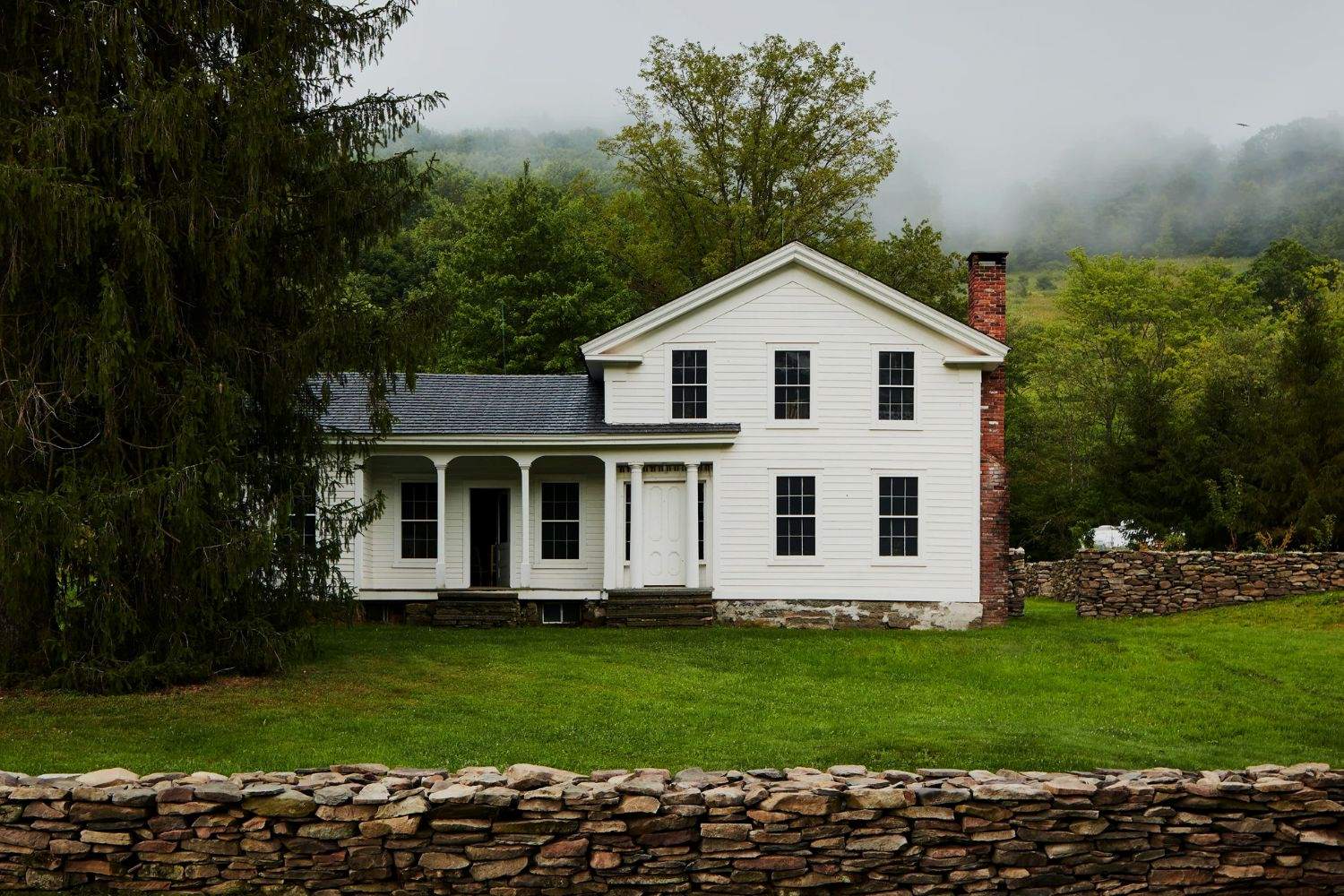
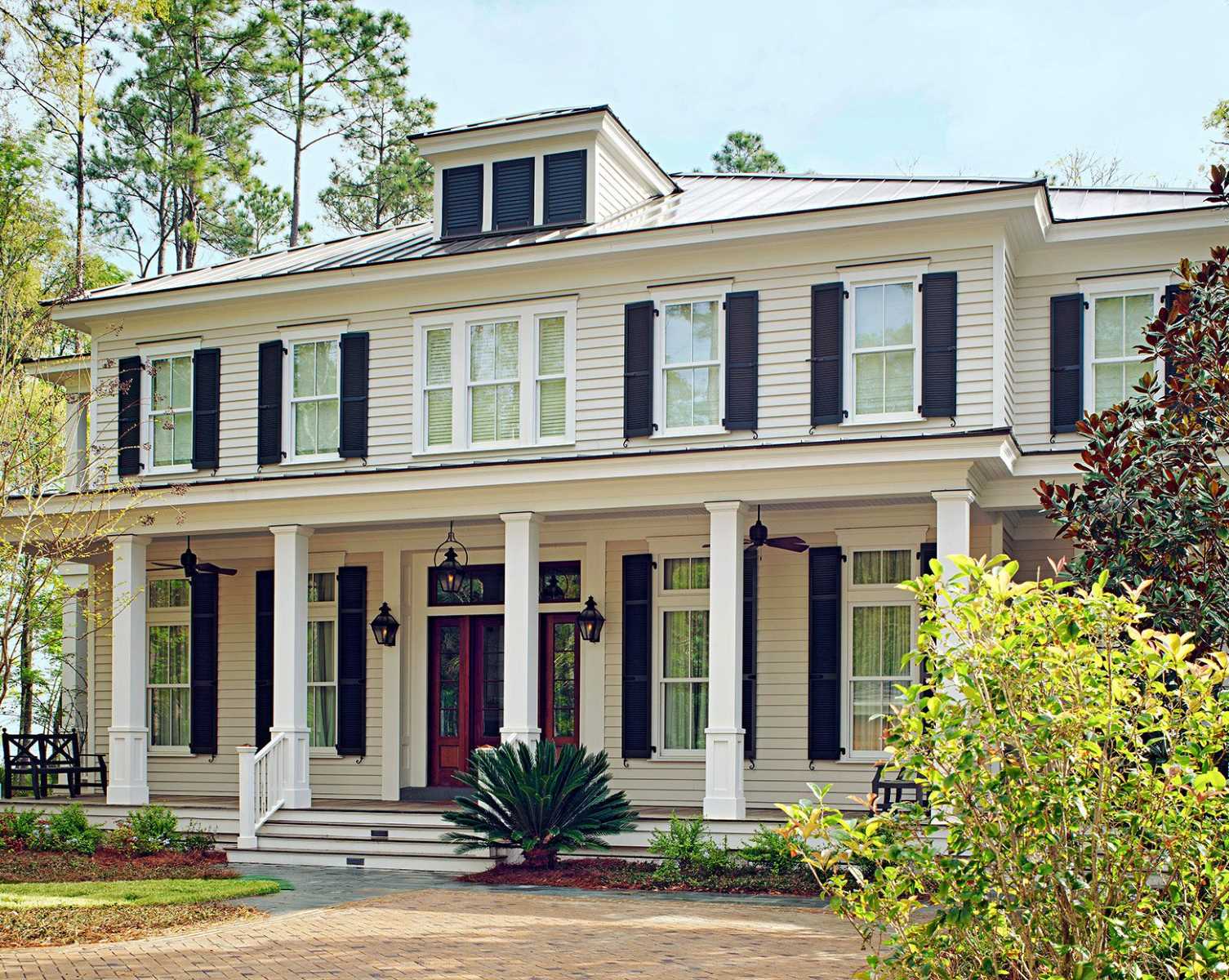
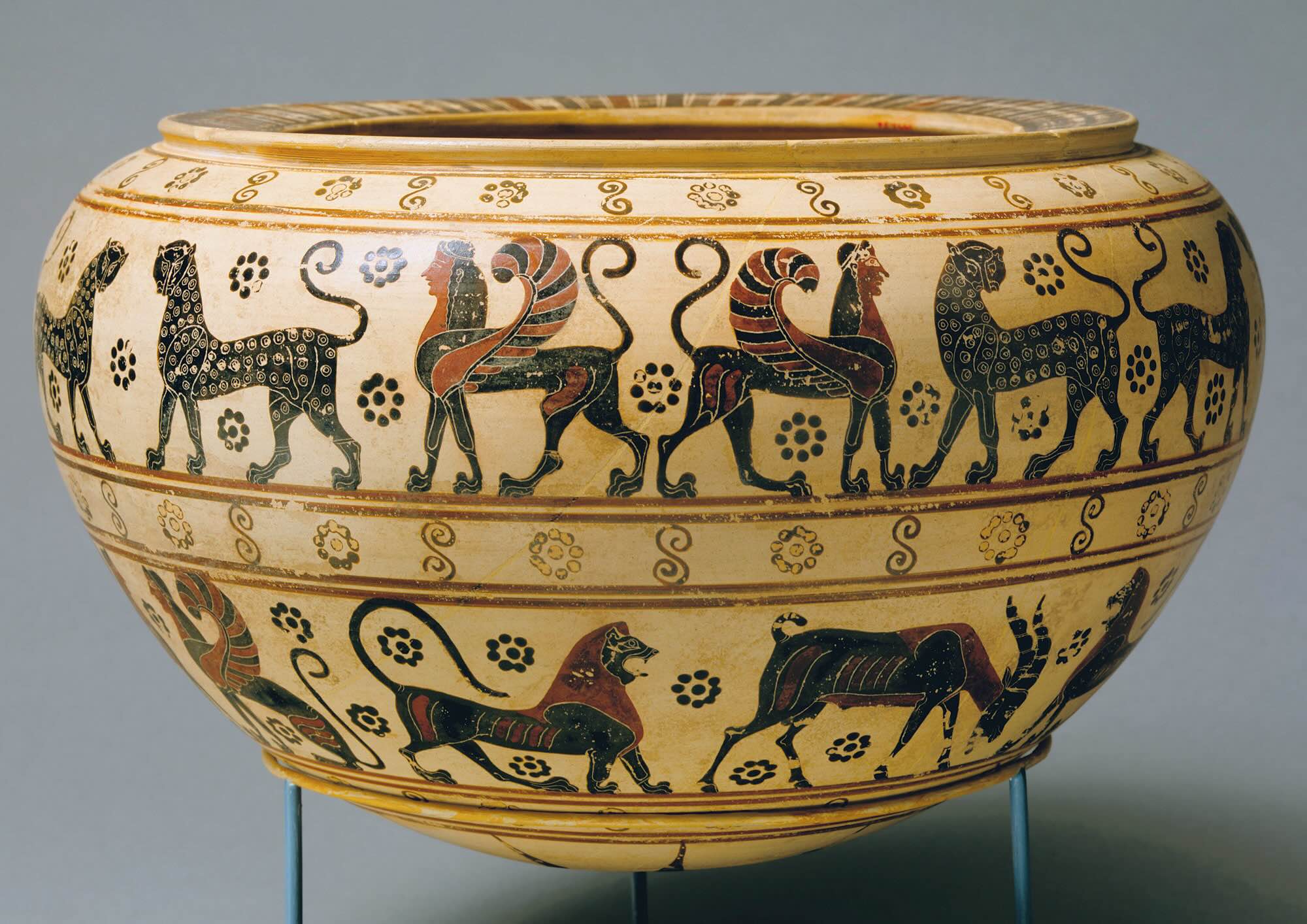
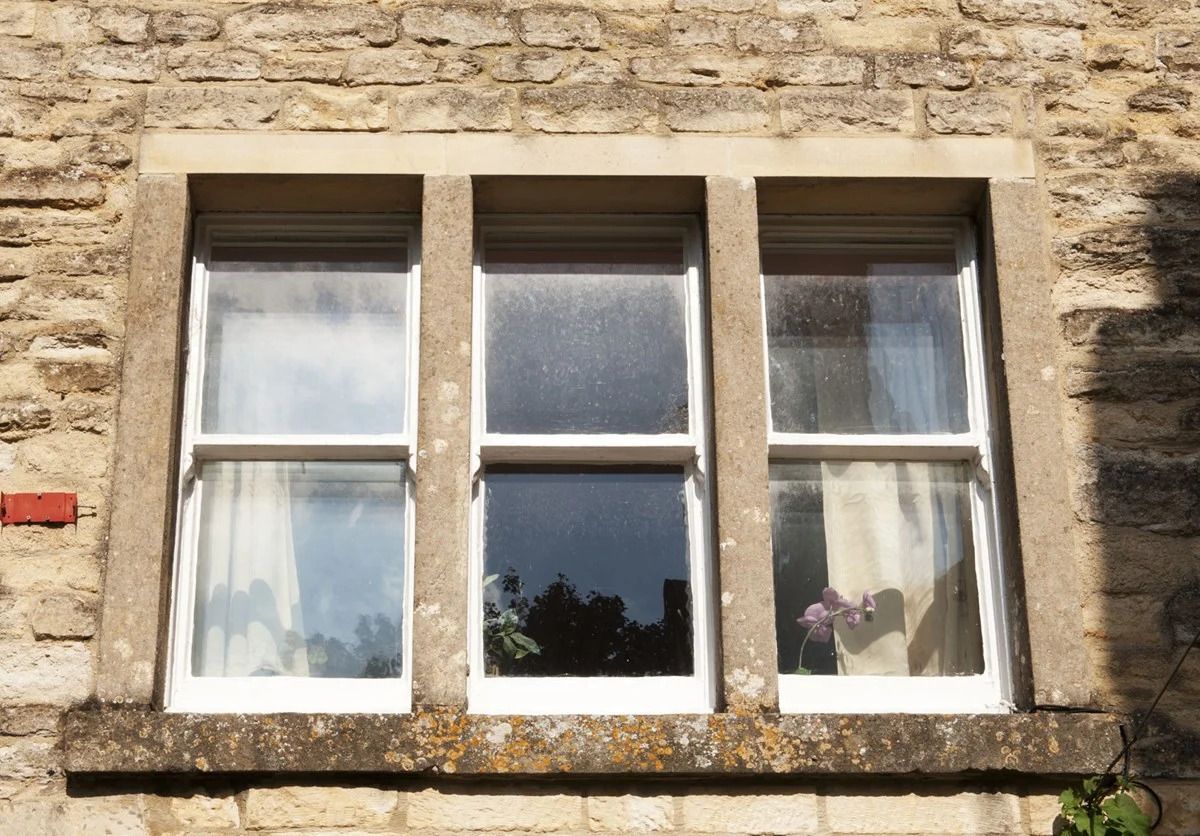

0 thoughts on “Touring A Historic New England Colonial Farmhouse”